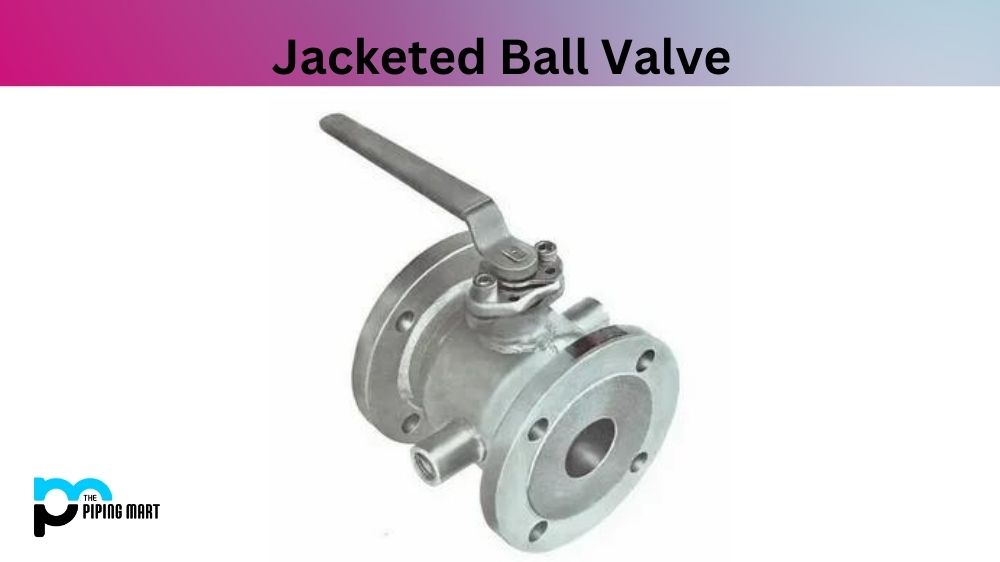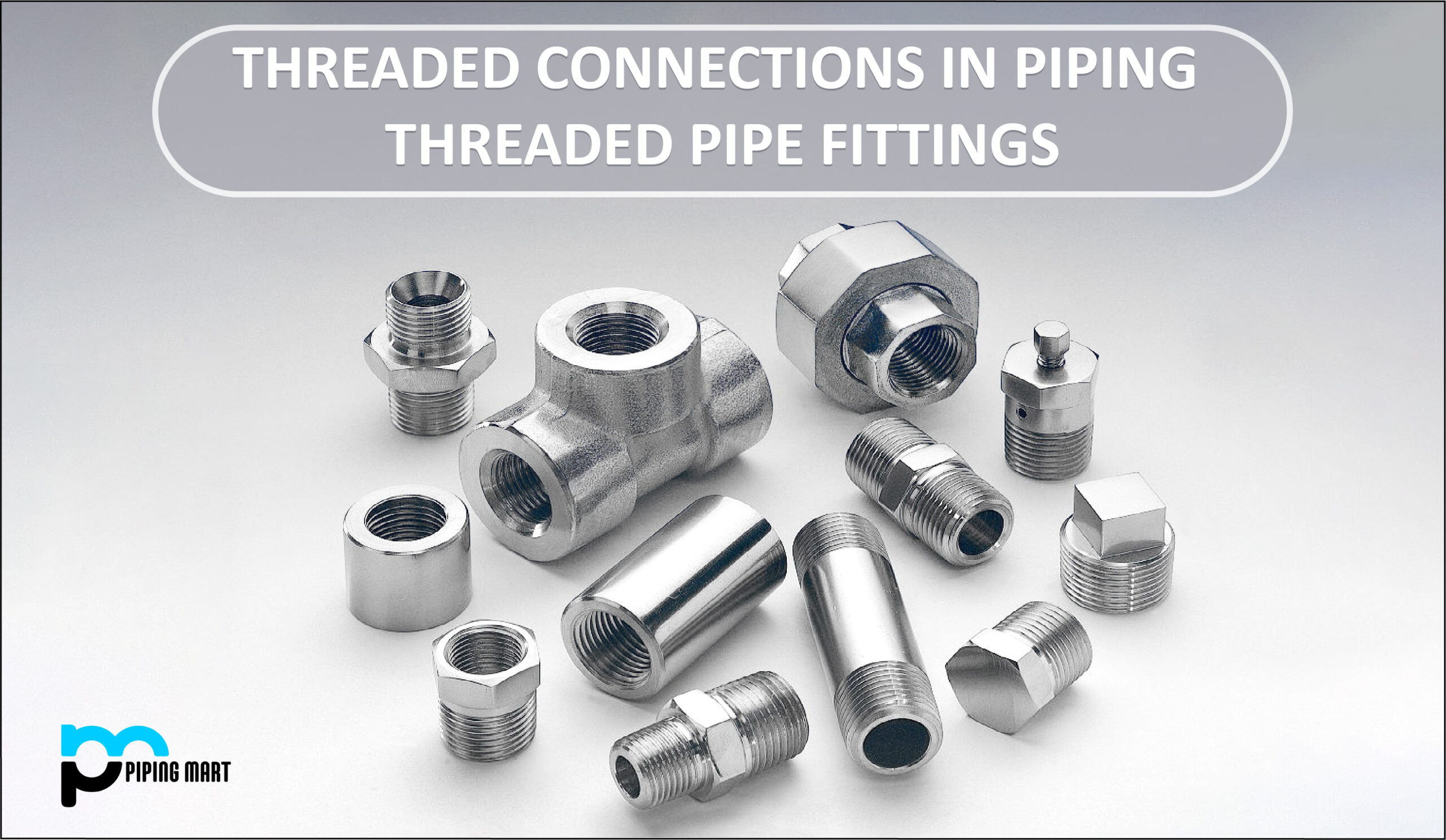Pinch valves are among the most commonly used valves in various industries today. These valves are unique, using a rubber or elastomeric tube or sleeve to control fluid flow. They have become popular because of their excellent performance in many applications. However, every technology has pros and cons, and pinch valves are no exception. In this blog post, we will discuss the advantages and disadvantages of pinch valves.
Advantages of Pinch Valve
Pinch valves are incredibly reliable and offer superior flow control compared to conventional valves. They have a longer lifespan, fewer moving parts, and can be used in challenging environments where other valves wouldn’t work – ranging from low-pressure slurries to high-pressure gasses. Additionally, they require less maintenance than other valve types and can be easily adjusted with minimal effort. The following are some key advantages of a Pinch Valve:
Corrosion Resistance
One of the most significant advantages of pinch valves is their corrosion-resistant properties. These valves can withstand harsh environments and fluids, thus making them perfect for corrosive applications.
Low Maintenance
Unlike other valves, pinch valves have very few parts, which makes them easy to maintain. They do not have seats, packing glands, or other components that manufactured valves typically possess, which reduces the need for regular maintenance. It also makes these valves excellent choices for remote locations or applications with scarce resources.
Cost-Effective
Pinch valves are cost-effective in many ways. Firstly, they have a low initial investment cost. Secondly, they require little to no maintenance, which reduces the cost of maintenance labour and time. Pinch valves are cost-effective for many industrial applications, especially those requiring frequent valve replacement due to abrasion and wear.
Highly Versatile
Pinch valves are highly versatile and can be used in many different applications. They can handle thick and thin fluids, making them ideal for many industries, including pharmaceuticals, food processing, and waste management.
Disadvantages of Pinch Valve
Pinch valves can be difficult to maintain and clean due to the complex internal components, leading to higher operational costs. They are also unsuitable for applications demanding bi-directional flow or low-pressure conditions. Finally, their limited flow control and monitoring capabilities can result in unpredictable performance. The following are some key disadvantages of Pinch Valves:
Limited Application Range
One of the significant drawbacks of pinch valves is that they may need to be more suitable for high-pressure applications. They are typically used in low-pressure applications and cannot withstand the high pressure and wear of more heavy-duty applications. Look elsewhere if you need a control valve that can handle high pressure.
Wear and Tear
Although pinch valves are highly durable and corrosion-resistant, wear and tear can occur over time. The rubber tube or sleeve that serves as the valve body is the most vulnerable part of the valve. If the fluid has abrasive properties, it may cause the tube to wear out quickly, leading to frequent replacement costs.
Control Limitations
Pinch valves have limitations when it comes to precise flow control. The pinch valve controls flow by gripping and releasing a rubber tube in the valve body. This means that precise flow control becomes difficult if the fluid viscosity changes or if small incremental changes in flow rates are required.
Limited Temperature Range
Pinch valves may not work for high-temperature applications. The elastomeric tube or sleeve that controls fluid flow can only withstand temperatures up to a certain point. In general, pinch valves should not be used for applications above 240F.
Conclusion
In conclusion, pinch valves offer several advantages: corrosion resistance, low maintenance, cost-effectiveness, and versatility. On the other hand, they also have some disadvantages, including limited application routes, wear and tear, control limitations, and a limited temperature range. Reviewing each application’s specific needs and requirements is important to determine whether pinch valves are the best option.

Abhishek is a seasoned blogger and industry expert, sharing his insights and knowledge on various topics. With his research, Abhishek offers valuable insights and tips for professionals and enthusiasts. Follow him for expert advice on the latest trends and developments in the metal industry.




